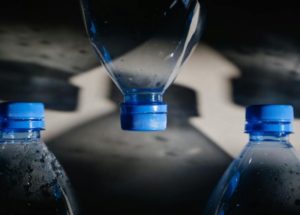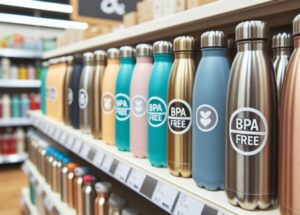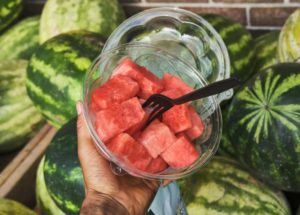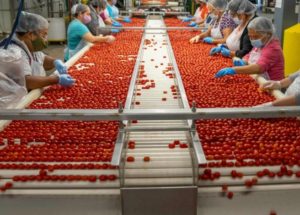Jun 20, 2025
Do PET Post-Consumer Recycled Materials Contain PFAS? What Our Testing Revealed
Post-consumer recycled content can be PFAS‑free — lab tests on PET with 10–100% PCR showed no detectable PFAS, easing health concerns. PFAS fears may be overstated, as contamination didn’t appear despite theoretical worries. Ongoing testing and supplier checks are key to maintaining safety as recycling processes evolve. Sustainable + safe = possible — brands can […]
Read More +
Jun 06, 2025
Plastic Bans 101: What You Need to Know as a Food Industry Professional
Plastic bans target specific single-use items, not all packaging — common hits include bags, foam containers, straws, utensils, and small water bottles. Rules vary widely, with a mix of city and state regulations, plus some states blocking local bans. Business impact includes packaging changes, cost shifts, and tracking compliance across regions. Trends to watch: lead […]
Read More +
Jun 04, 2025
BPA Explained: Should You Be Concerned for Your Food Business?
BPA-free packaging is a top priority, as consumers and regulators demand materials without bisphenol A due to health concerns. Alternative materials like PET, HDPE, and polypropylene avoid BPA but should still be vetted for migration and food contact safety. Supplier certifications and testing ensure compliance and prevent unexpected chemical exposures. Transparent labeling and communication build […]
Read More +
Apr 28, 2025
Warning Signs When Selecting A Food Packaging Supplier
Packaging supplier warning signs include missing certifications, poor quality control, and resistance to audits, all of which signal misaligned priorities. Lack of traceability and inconsistent product quality across lots can lead to costly recalls or production delays. Unresponsive customer service or unclear ownership structure often means you won’t get support when issues arise. Proactive vetting […]
Read More +
Mar 06, 2025
How to Tell If Your Plastic Food Packaging is High-Quality
The quality of plastic food packaging shows up in appearance, strength, and seal integrity — look for clarity, uniformity, and no defects. Material thickness and consistency help avoid breakage, leaks, and performance issues. Strong seals and closures prevent contamination and maintain freshness throughout supply chains. Certification and testing history (e.g. FDA, ISTA drop tests) signal […]
Read More +
Mar 04, 2025
Food Processor’s Guide: Solving Common Plastic Packaging Problems
Plastic packaging issues like leakage, seal failure, and distortion can arise from material choice or process missteps. Mismatch between film and heat-seal parameters causes inconsistent sealing — optimize temperature, pressure, and dwell time. Material stretch or wrinkles during forming can lead to misaligned lids or weak spots — ensure proper film tension and tooling calibration. […]
Read More +
Feb 20, 2025
Is Plastic Food Packaging Actually Safe to Hold Food?
Plastic food packaging safety relies on certified materials and migration testing to ensure food-contact compliance. Standard polymers like PET, HDPE, and PP are FDA-approved and widely used with decades of safe application. Additives are regulated and monitored, with most concerning compounds either banned or carefully controlled. Ongoing testing and transparent supplier documentation help maintain trust […]
Read More +







